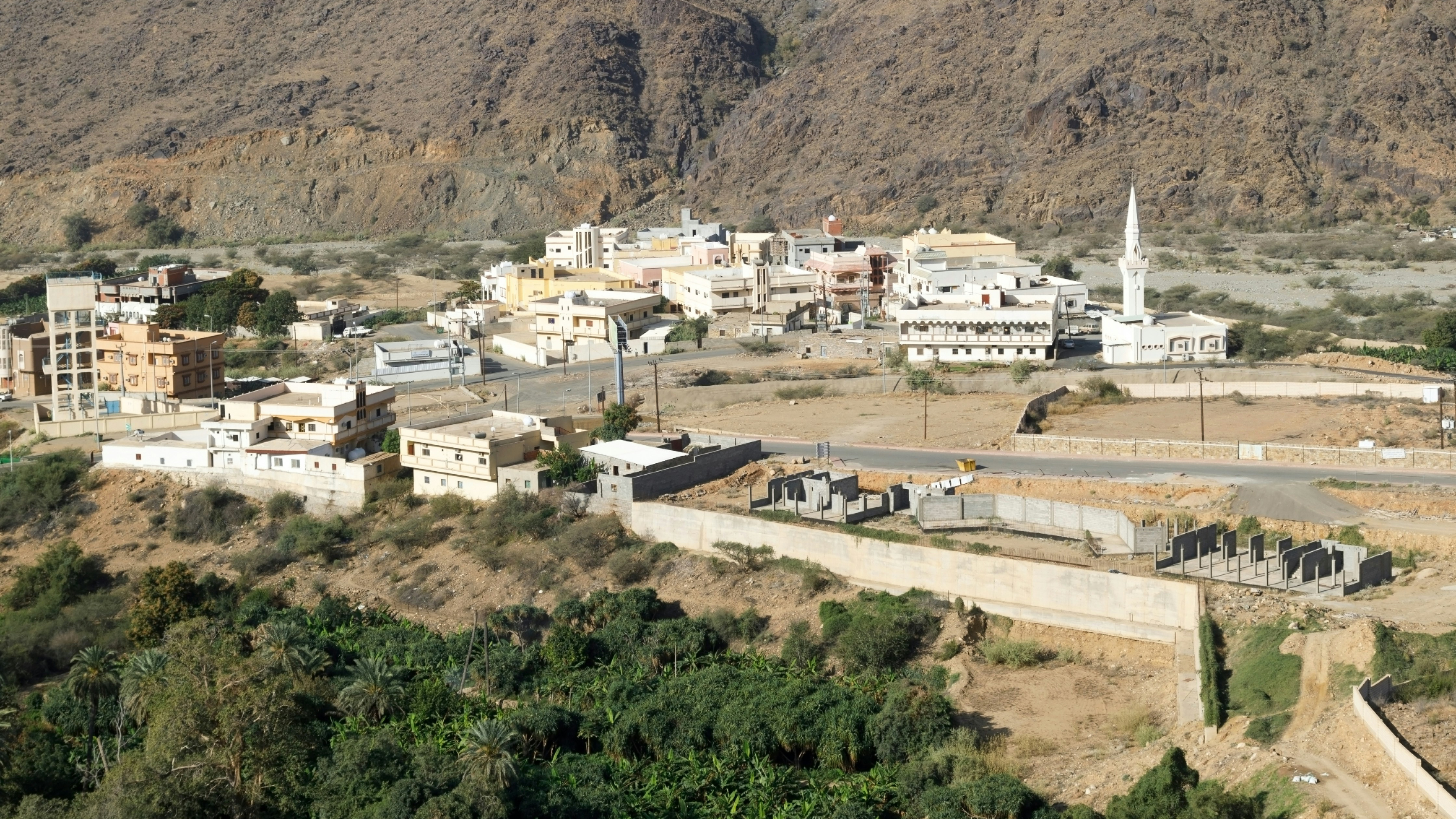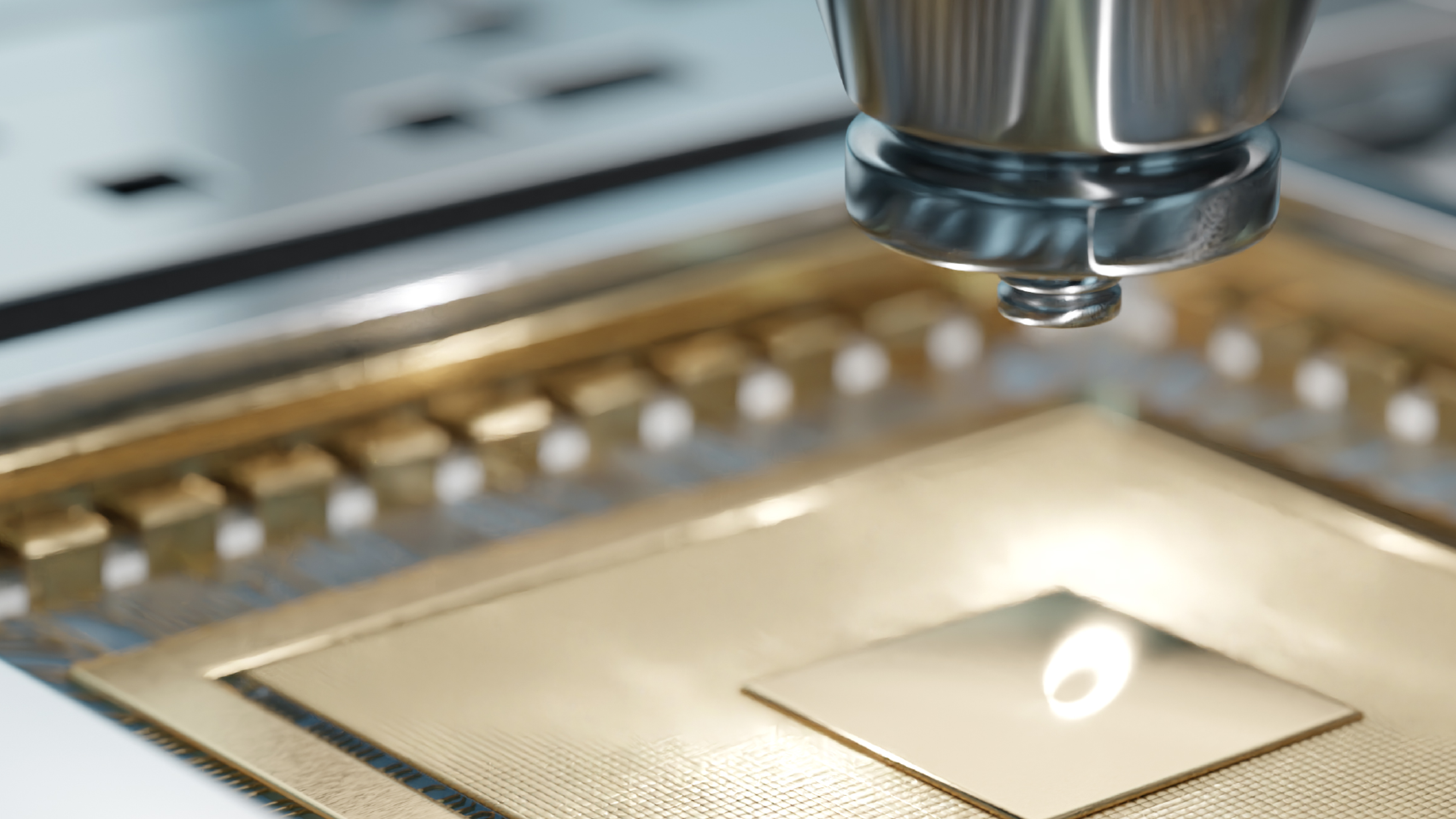MENA has a heart disease problem. The solution is both basic and high-tech

How can the Fourth Industrial Revolution help reduce heart disease in the Middle East?
Image: Tim Marshall
Stay up to date:
Healthcare Delivery
The Middle East is no exception to the global rise of non-communicable diseases – of which cardiovascular diseases (CVD) are the single largest killer. Statistics indicate that CVDs are responsible for one in five deaths in the United Arab Emirates (UAE) and one in four adults in Saudi Arabia are likely to have a heart attack within the next 10 years.
The numbers are alarming and while economies in the Middle East have made significant gains in many aspects of healthcare, such as improving life expectancy and drastically reducing child mortality, dealing with lifestyle-related diseases, like ischemic heart disease, shows the challenge still faced and a need to improve overall healthcare.
Fortunately, we have a great and real opportunity to improve people’s lives in the region by moving from reactive to proactive and preventative care management. This begins with supporting individual lifestyle changes and benefiting from connected technology to ensure care is available when and where patients need it. The time is right to redefine cardiac care in the Middle East by exploiting the advantages that the Fourth Industrial Revolution can bring to healthcare.
Heart failure is often a result of a prolonged condition or a combination of several habits, from leading sedentary lifestyles to smoking and consuming unhealthy food. Making sure people are aware of the increasing risk of their own decisions to their heart health is the first step.
A range of healthy eating and exercise applications are already available on connected devices. These provide a great way to make sure people are aware of their behaviour and enable them to make better choices on a daily basis. In the Middle East, traditional cooking, which is heavy in saturated fats, can be very harmful for a person’s health. Simply moving from the average regional diet to a diet low in saturated fats, with plenty of fresh fruits and vegetables, can reduce the risk of a major new cardiac event by as much as 73%.

A better health routine coupled with support to change behaviours are fundamental to decreasing the risk of cardiovascular disease, but keeping a keen eye on your results is also critical. This is already happening as digitization and connectivity transform our work and daily lives. People are increasingly tracking and taking control of their personal health through a combination of hardware and software devices and services, which they expect to deliver exciting, real-time and highly personal insights to direct them towards better health.
In the Future Health Index commissioned by Philips, 87% of the more than 2,000 healthcare professionals surveyed indicate that they consistently advise patients to regularly keep track of their blood pressure. Patients can become more engaged in taking care of their personal health by regularly measuring their vital signs – including weight and blood pressure – at home.
Our vision at Philips is of a health continuum – ranging from healthy living and prevention to diagnosis, treatment and home care – where the healthcare and consumer worlds come together. This would put people at the heart of a holistic system that monitors them continuously and helps them take action when needed.
A cardiac care ecosystem begins with consumer power built by healthy living applications: patients can even collect their own vital signs at home, enabling clinicians to make earlier and more timely interventions when needed. Ultimately, connected solutions deliver enhanced outcomes for clinicians and patients, supporting the delivery of better healthcare at a lower cost.
Given the high rate of heart attacks in the region, we are encouraged by the potential of connected solutions to ensure patients can also be treated as fast as possible. In Dubai, where the survival rates for heart attacks – in particular outside of hospital – are currently as low as 5%, we are supporting the development of an app and system that can improve integration, coordination and information sharing between first responders and healthcare professionals.
Working with the Dubai Health Authority, we have created a tailored project that aims to deliver cardiopulmonary resuscitation (CPR) and defibrillation within a four-minute window, giving heart attack victims the best chance at life. Methodology known as the “Chain of Survival” seeks to optimize the city’s response across four key stages, including the call for help, applying CPR, and the delivery of a shock to the victim, in the shortest timeframe possible. The final stage of the programme is to ensure patient transport to the most suitable medical facility to start treatment as soon as possible.
The joint project brings the “Chain of Survival” to life by connecting its different stages and making the most of each element. In addition to automated external defibrillators (AEDs) and other defibrillation solutions for public and medical use, we are working to help locate the closest first responder and the closest AED to each victim to ensure that CPR and defibrillation are delivered as quickly as possible.
Connected solutions are not only enabling immediate treatment at the point of cardiac arrest, but can also alert the nearest hospital and prepare clinicians ahead of the patient’s arrival. These opportunities are available now to help consumers, first responders and clinicians save lives.
If we continue to address healthcare as a “connected whole”, we can together redefine cardiac care in the Middle East, unlocking gains and efficiencies and driving innovations that help improve people’s health and enable better outcomes at lower cost.
Don't miss any update on this topic
Create a free account and access your personalized content collection with our latest publications and analyses.
License and Republishing
World Economic Forum articles may be republished in accordance with the Creative Commons Attribution-NonCommercial-NoDerivatives 4.0 International Public License, and in accordance with our Terms of Use.
The views expressed in this article are those of the author alone and not the World Economic Forum.
Related topics:
Forum Stories newsletter
Bringing you weekly curated insights and analysis on the global issues that matter.
More on InnovationSee all
Kelly Ommundsen
October 23, 2025
Sam Butler-Sloss and Daan Walter
October 22, 2025





